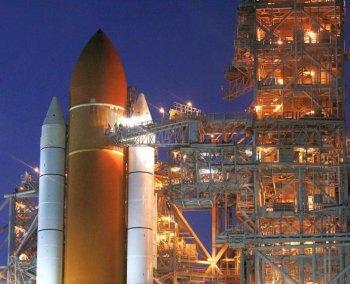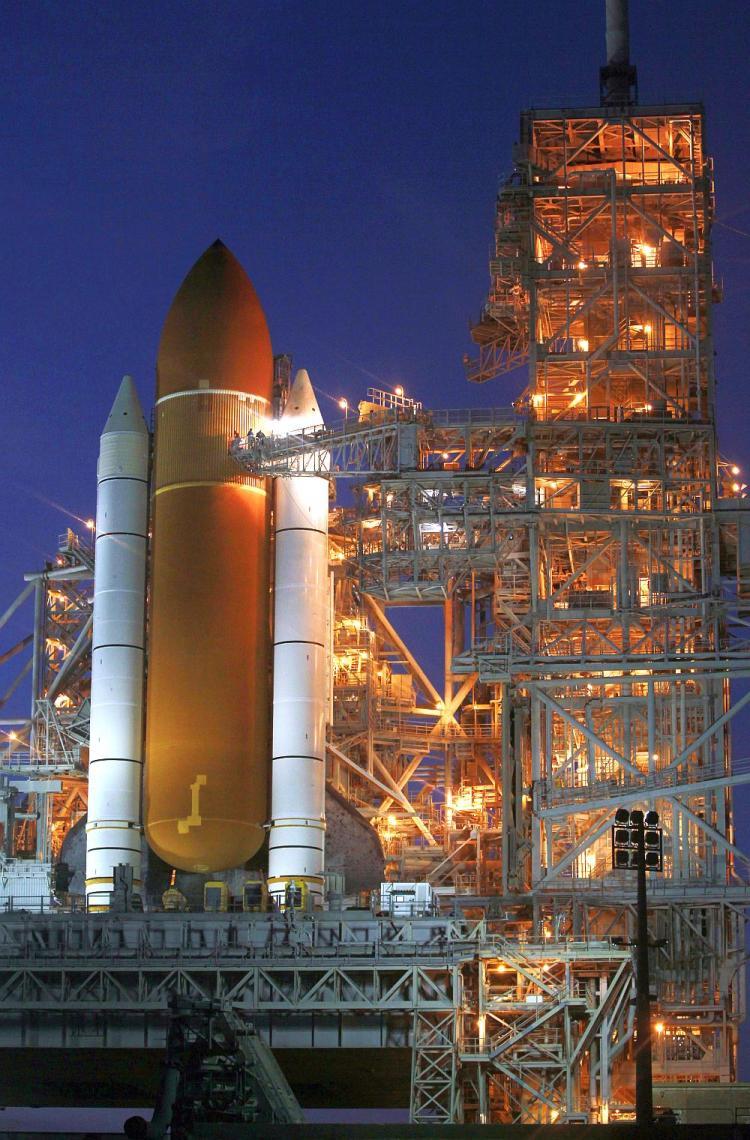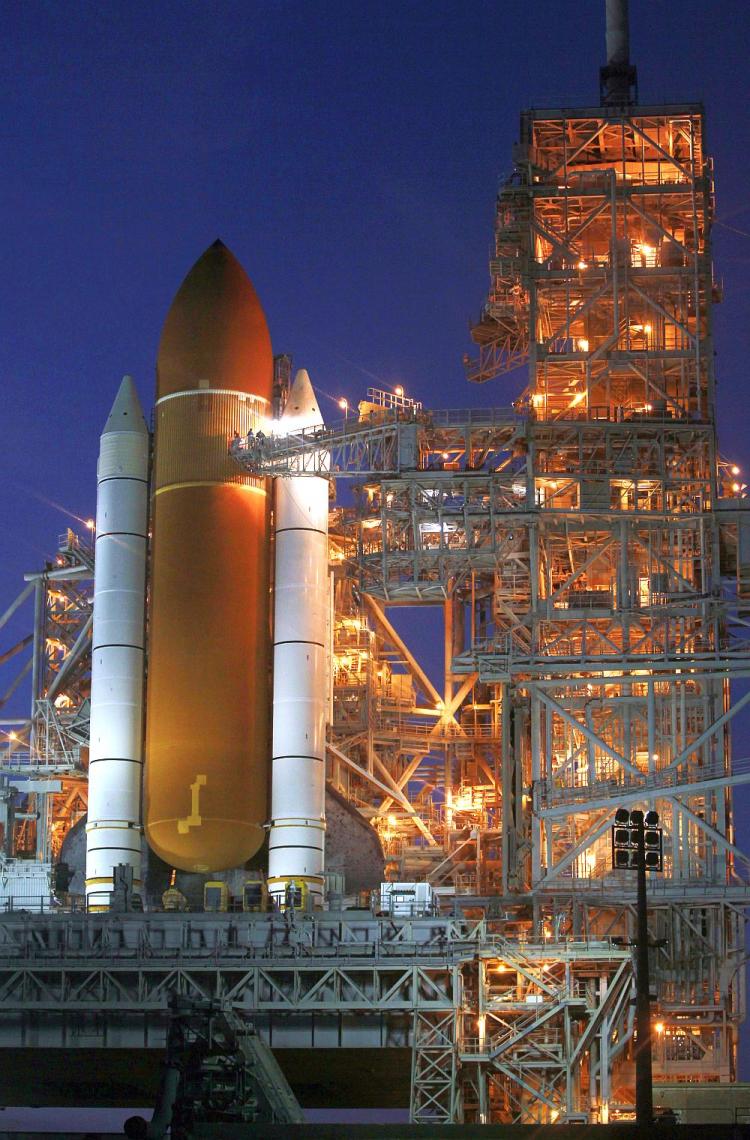US Space Strategy Bringing Governance to Outer Space
The world was caught off guard in 2007 when the Chinese regime blasted its Fengyun-1C spacecraft out of orbit, sending thousands of shards pummeling in all directions.

READY TO LAUNCH: Space shuttle Discovery sits on the launch pad as it is prepared for a scheduled Feb. 24 launch at Kennedy Space Center in Cape Canaveral, Fla. Space is a fragile place, not ruled by any nation, yet vital to modern military operations and modern lifestyles. Joe Raedle/Getty Images
|Updated:
Joshua Philipp is senior investigative reporter and host of “Crossroads” at The Epoch Times. As an award-winning journalist and documentary filmmaker, his works include “The Real Story of January 6” (2022), “The Final War: The 100 Year Plot to Defeat America” (2022), and “Tracking Down the Origin of Wuhan Coronavirus” (2020).
Author’s Selected Articles






